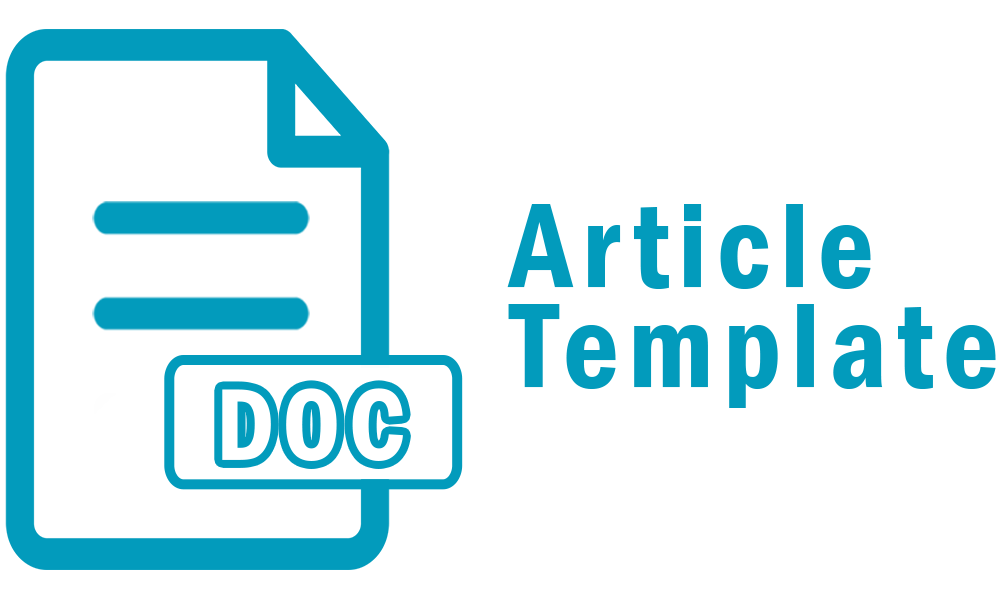APPLICATION OF THE FORECASTING METHOD TO THE DEMAND FOR PRINTING RECEIPTS WITH GTO 46 ENGINE
DOI:
https://doi.org/10.46961/kreator.v10i2.948Abstract
Forecasting is an important part of every business organization and for every very significant management decision. The purpose of forecasting is to reduce the risk or uncertainty faced by a company in making short-term operational decisions and in planning for long-term growth. The company that is the object of this research is a company operating in the printing sector. Focus on observing receipt products because receipt orders are the highest every month. In the implementation of the production process, there are often shortages of raw materials such as NCR paper or non-carbon required paper so that delivery times are late to reach consumers. The effort used to eliminate/reduce the gap between production and sales is to use a forecasting method which aims to determine product quantity adjustments and when they are needed. Based on data processing using cyclical and linear methods, the method used in calculating the next month's forecast is the Linear method. The linear method has the smallest error values, namely SEE = 1100.57, MAD = 871 and MAPE = 26.34. The total forecast demand for receipt products in November is 4839 pieces
Downloads
Published
2024-02-25
How to Cite
Sinambela, Y., Siregar, E., & juwairiah, J. (2024). APPLICATION OF THE FORECASTING METHOD TO THE DEMAND FOR PRINTING RECEIPTS WITH GTO 46 ENGINE. Kreator, 10(2), 1–9. https://doi.org/10.46961/kreator.v10i2.948
Issue
Section
Article
Citation Check
License
Authors who publish with Kreator agree to the following terms:
- For all articles published in the Kreator, copyright is retained by the authors. Authors give permission to the publisher to announce the work with conditions. When the manuscript is accepted for publication, the authors agree to the automatic transfer of non-exclusive publishing rights to the publisher.
- Authors retain copyright and grant the journal right of first publication with the work simultaneously licensed under a Creative Commons Attribution-ShareAlike 4.0 International License that allows others to share the work with an acknowledgment of the work's authorship and initial publication in this journal.
- Authors are able to enter into separate, additional contractual arrangements for the non-exclusive distribution of the journal's published version of the work (e.g., post it to an institutional repository or publish it in a book), with an acknowledgment of its initial publication in this journal.
- Authors are permitted and encouraged to post their work online (e.g., in institutional repositories or on their website) prior to and during the submission process, as it can lead to productive exchanges, as well as earlier and greater citation of published work (See The Effect of Open Access).











